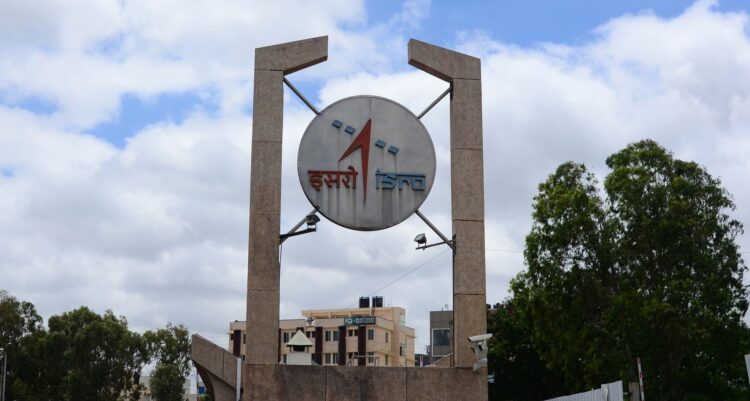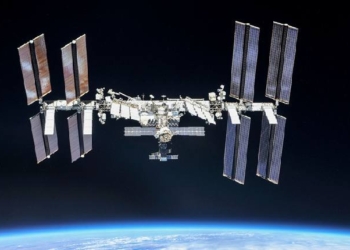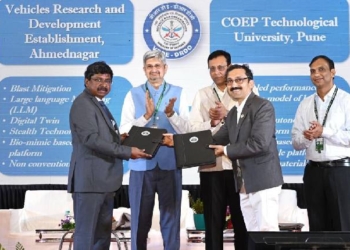Chennai: Space sector startup, Sisir Radar Private Ltd has successfully tested its Synthetic Aperture Radar (SAR) fitted on a drone, said a senior company official.
“The drone fitted with SAR was flown (on Friday) at a place called Sonarpur, about 50 km from Kolkata,” Tapan Misra, Founding Director and Chief Scientist, Sisir Radar Private Ltd, told IANS.
Misra who was earlier a Director at the Space Applications Centre of Indian Space Research Organisation (ISRO) has named his product as ‘Rabbit SAR’ as its antennas are long like the ears of a rabbit.
According to him, it was a windy day and the SAR drone was flown for a short period of time.
Misra said the battery operated drone can fly at a height of 1.5 km but on Friday it was cleared to fly at 50 metre height.
According to him, the drone that was designed as per their specification has a battery endurance capability of one hour.
“The SAR is of mass 14 kg including structure and its own power source. It will have six antennas, three looking at either side of the drone. It can operate either single polarization and interferometry mode or full polarimetric mode. We tested in single polarization and interferometry mode,” Misra added.
According to him, technology wise it is a novel one. The SAR is designed at L band with 1 metre resolution.
“Nobody has this capability of resolution at this band,” Misra said.
“It is India’s first Software Defined Radar. Ninety per cent of the SAR RF section is implemented in digital, in python language,” he said.
Interestingly the test flight was done on the day when Sisir Radar completed one year after it hired its first employee. Now the company’s headcount is 30.
“We have received industrial land from the West Bengal Government at a heavily discounted price. We will build our new facility within next January with a clean room. The funds were raised from high networth individuals,” he said.
“We want to take drone SAR to market both globally and domestically. Our next target is building satellite SAR in L band with unthinkable one metre resolution. It will be the first of its kind in the world. We will build a constellation of High Resolution L band SAR satellites for our defense requirements and global marketing.”
The drone-fitted SAR images will be useful for defence, mining, infrastructure, agriculture and others.
(IANS)













